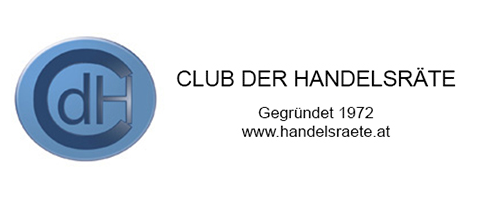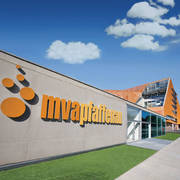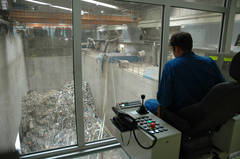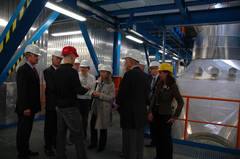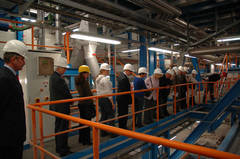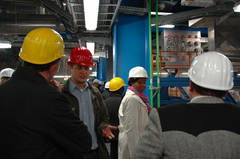MVA Pfaffenau
The trade delegates visited Europe's most modern waste incineration plant.
After a warm welcome by managing director, Mag. Christian Anderle, the trade delegates were given a multimedia presentation informing them about the Simmering "clean environment complex", how waste collection is carried out in Vienna, the processes involved in efficient partial separation, recycling and incineration of waste, and, in particular, the high-tech Pfaffenau waste incineration / combined heat and power electricity generating and district heating plant. Afterwards the visitors were given a guided tour through the Pfaffenau plant - one of the most modern in Europe.
Like all other clean environment facilities in Vienna, the "MVA Pfaffenau" plant was built to the highest technological, emission control and environmental impact standards achievable at the time of its construction. The quality of emission control well exceeds that required under current regulations.
A workforce of around 750 was employed on the construction of MVA Pfaffenau. For a project of this size, the two and a half year construction time was relatively short and the project was completed in the autumn of 2008. Now about 50 people take care of the running of the plant. Involving a capital investment of Euros 235m, MVA Pfaffenau and its neighbouring cousin, the Biogas Wien plant, have been a major stimulus for the local economy, explained chief engineer Muchow during the question and answer session after the tour. Consuming 250,000 tonnes of residential waste per year, MVA Pfaffenau produces 65 GWh of electricity and 410 GWh of district heating per year.
Environmentally sound waste recycling for clean energy
The residential waste is collected by the municipal refuse collection service and brought directly, via the airport motorway, to the plant. About 200 trucks per day empty their loads into the refuse bunker which has a capacity of approximately 18,000 cu.m.
The refuse bunker is equipped with two grab cranes which are used to mix the waste and deliver it to the inlet hoppers of the two fluidised bed incinerators which, combined, incinerate 32 tonnes of waste per hour at a furnace temperature of 850°C.
At the back end of the combustion grates, slag and other residue is discharged for wet purging. A magnetic separator removes any ferrous metal for recycling and the slag is fed into the slag collection bunker.
The waste heat boilers of the incinerators absorb the heat from the incinerator flue gas to produce steam, at 40 bar and 400°C, which is fed through a steam turbine coupled to a generator, producing electricity. The exhaust steam from the turbine is then passed through the heat exchangers of the district heating installation. Here the steam is condensed and fed back into the water circuit of the waste heat boilers. Meanwhile, the residual heat absorbed by the district heating heat exchangers is piped away to heat up to 50,000 households connected to the district heating network of Vienna.
The exhaust gases from the boilers are cleaned to a very high environmental standard using a series of precipitators, scrubbers, filters and a deNOx unit.
